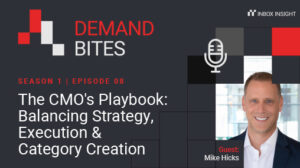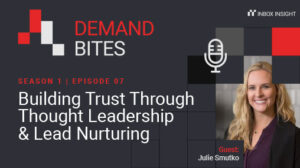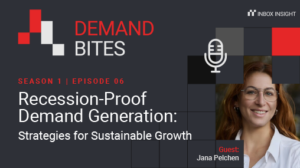So you’ve written your copy. You’ve worked it over and over again and it’s almost ready to be published online for your target market. But there are a few things you may have forgotten. The art of copywriting is tricky and requires delicate techniques in order for it to reap the reward. Here is our must-have checklist for ensuring your copy generates as many leads as possible.
Is your writing conversational?
This is the quickest and easiest way to connect with your readers. Don’t write like you’re self-important, it gives the reader the wrong idea and will put them to sleep.
Is your language human?
Taking into consideration that half the working population in the UK has an average reading age of an 11-year old, you can see why language is important when reaching out to your readers. That doesn’t mean everything has to be over-simplified, but consider who it is that will be reading your copy and what their reading age might be like.
Are you using more verbs and less adjectives?
Verbs are more specific and harder to ignore, whereas adjectives can become repetitive and reduce the impact of what’s written.
Have you used a good selection of power words?
Power words are a key way to making your copy stand out from the crowd. Copyblogger state the top 5 words are: You, Free, Because, Instantly, New. Each have their own scientific reason behind why they work and can add powerful emphasis in your copy.
Does it have personality?
Nothing bores a reader like dull text. Injecting a touch of personality sparks a readers’ interests and immediately makes the content more readable. like this blog post from TwoFold: 16 ‘Batman Approved’ Management Tips.
Is there a clear tone of voice?
Creating and maintaining the right tone throughout all your writing helps with brand recognition and provides a consistent platform for your reader to engage with.
Have you created a story?
Unfortunately it’s easy to block out a sales pitch, and people can become uninterested very easily. So one way to keep their attention is to write in the form of a story. People love stories, especially their detailed imagery, the suspense, and the metaphors or meaning behind the words.
Have you supported claims with facts and figures?
Doing your research on a particular topic is only going to work in your favour. It can give more authenticity to what you’re talking about and encourage trust. It also helps to establish you as an authority figure but that doesn’t mean to say your research has to be your own. Identifying trustworthy sources and pieces of research will build a stronger image of you as an expert within your field.
Have you delivered what your content promised?
Selling your readers the value of your guide will only work if you actually deliver. This whitepaper from Citrix is a great example of displaying their value statement on the front cover:

Are your paragraphs short?
Shorter paragraphs- especially when reading online – are a lot less intimidating than longer ones.
Is your title the best it can be?
Tailoring your title to your audience is a win win situation. Split test it if needs be, but ensuring you have a good title is critical to your content’s success.
Is the copy visually appealing?
If the copy looks good on the page, you’re more likely to keep the reader with you to the end. Lists, headings, indented quotes and a clear typefont are all different ways of keeping the reader visually interested in your copy.
Has someone proofread your copy?
Having your copy proofread or edited is extremely important. It will help your authority, authenticity and credibility when each sentence is free from typos.
Does your content have purpose?
Has it been written with the ultimate goal of helping a specific type of person or solving a specific problem? You need to be writing with the intention of giving value to your reader. If your content has purpose and is targeted, it will appeal to the right audience and work better to generate a valid lead.
Is your content written for a specific audience?
Building on the idea of giving your content purpose, writing generically to begin with is fine, but eventually you’re going to want to write for a specific persona. This is the next step in personalised content and will immediately engage the right type of persona.
A great example of this is LinkedIn’s Sophisticated Marketer’s guide to Content Marketing.
And here are some of our extra bonus rules to keep that writing on top form:
Rule one:
Is the copy about you? It shouldn’t be. Business-centric copy isn’t going to get you leads in the same way as customer-centric copy. You need to make sure you’re focusing on the customer and their needs.
Rule two:
Write quickly. Writing quickly uses the emotional side of your brain and flows better. It conveys that emotion better than something that’s been re-written and edited as you go.
Rule three:
Don’t use clichés. Not ever. And the same goes for awful phrases. If you come across any, seriously question whether or not it should be there before bending the rules.
Rule four:
Don’t use exclamation marks. They don’t add anything to the text and if your writing is good enough, you shouldn’t need them either.






